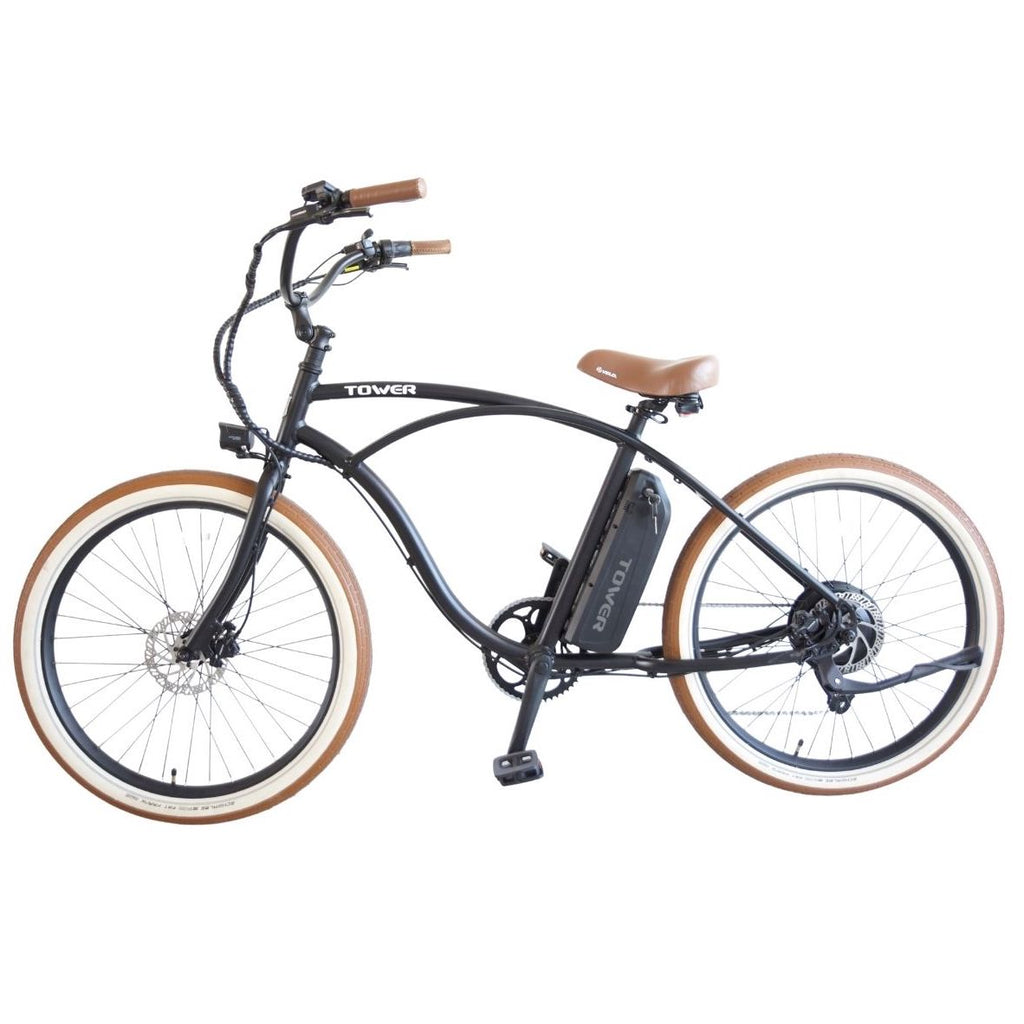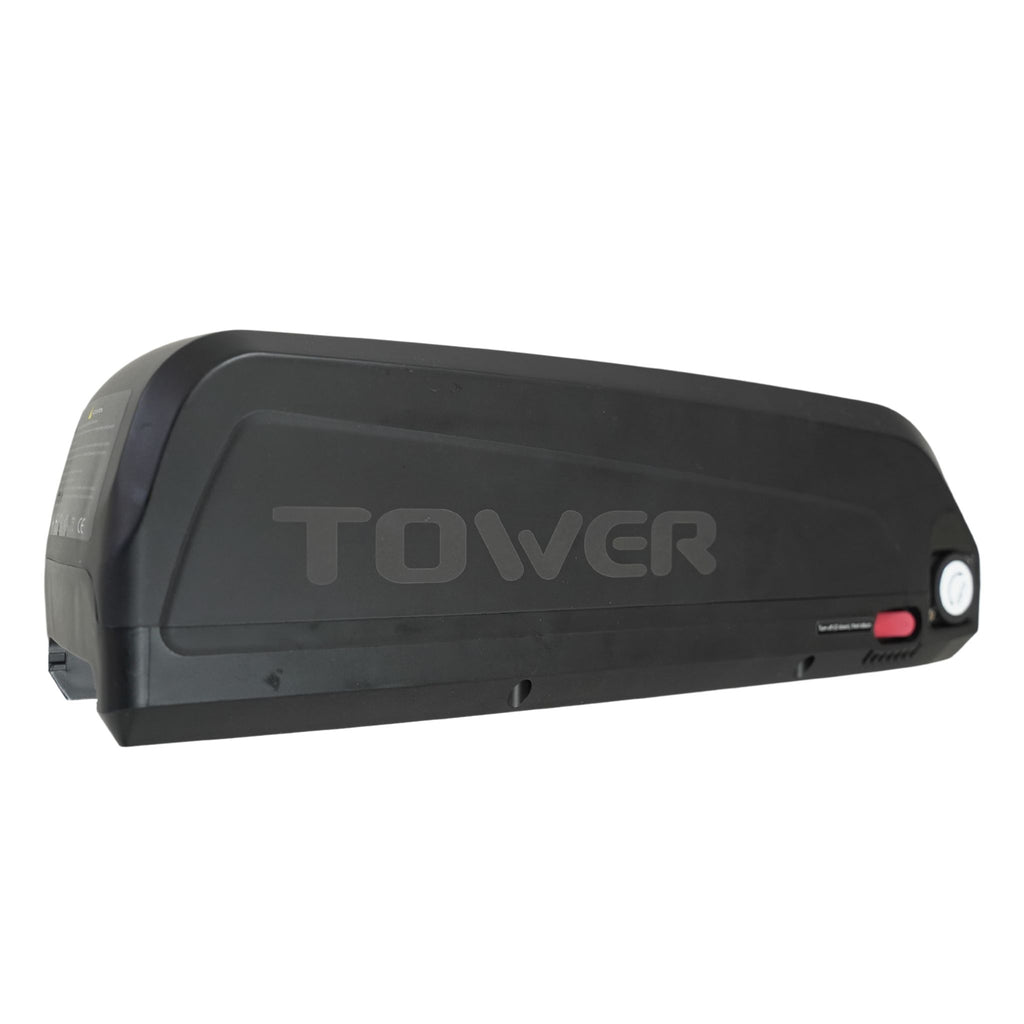Let’s talk about the difference between mechanical and hydraulic disc brakes. Your ebike will have either one or the other, and there are benefits and drawbacks to both. We're going to go over some key differences between the two.
Mechanical Brakes
If you purchased a Tower Beach Bum V1, your bike will have mechanical disc brakes. Mechanical disc brakes are great on an ebike due to their prompt responsiveness. When riding an ebike, due to the speed you will be traveling, ensuring you have responsive brakes is paramount for your safety. Although only slightly more responsive than hydraulic brakes, when traveling at fast speeds this difference can definitely be felt and seen. However, mechanical brakes require a fair amount of maintenance and adjustment on the inner pads. When brand new, mechanical brakes tend to be squeaky and loud. They also require manual maintenance and tightening generally twice a month. Most ebike brands will sell their bikes with mechanical disc brake systems to cut their cost.
Hydraulic Brakes
If you purchased the Version 2 Beach Bum or Beach Babe, then you have hydraulic disc brakes. Hydraulic brakes are great due to them being relatively maintenance-free. A hydraulic brake system works by containing a sediment or fluid that self adjusts the distance of the break pads to always be even. This means no need for tightening a brake cable, and generally less squeaky brakes!
Mechanical Brake System
In a mechanical disc brake system you have a lever with a cable that runs through it. The cable runs through some housing down to a brake caliper. When you pull that lever, that cable pull actuates the caliper, which forces one pad in towards the brake rotor. It's only actuating one pad, which means you must have the other pad, or what's called the inner pad dialed right up next to the rotor, so that there is some clamping pressure applied when that outer pad is actuated without any deflection. Deflection would be the rotor moving from left to right from the pad, not gripping equally on both sides.
Hydraulic Brake System
In a hydraulic brake system, it works slightly different. You still have a lever, but that lever is operating a hydraulic piston. The piston is forcing hydraulic pressure through the hydraulic line down into the caliper. The caliper transfers that pressure equally onto the backside of both brake pads, clamping equally from both sides down onto the rotor. What this means is there generally isn't any deflection in a hydraulic system. There also isn't an inner pad adjustment or cable stretch to adjust for. For that reason, mechanical brakes are a little more complicated and require more maintenance than hydraulic brakes, which is why we went with hydraulic brakes on our Version 2 Tower Electric Bikes.
















